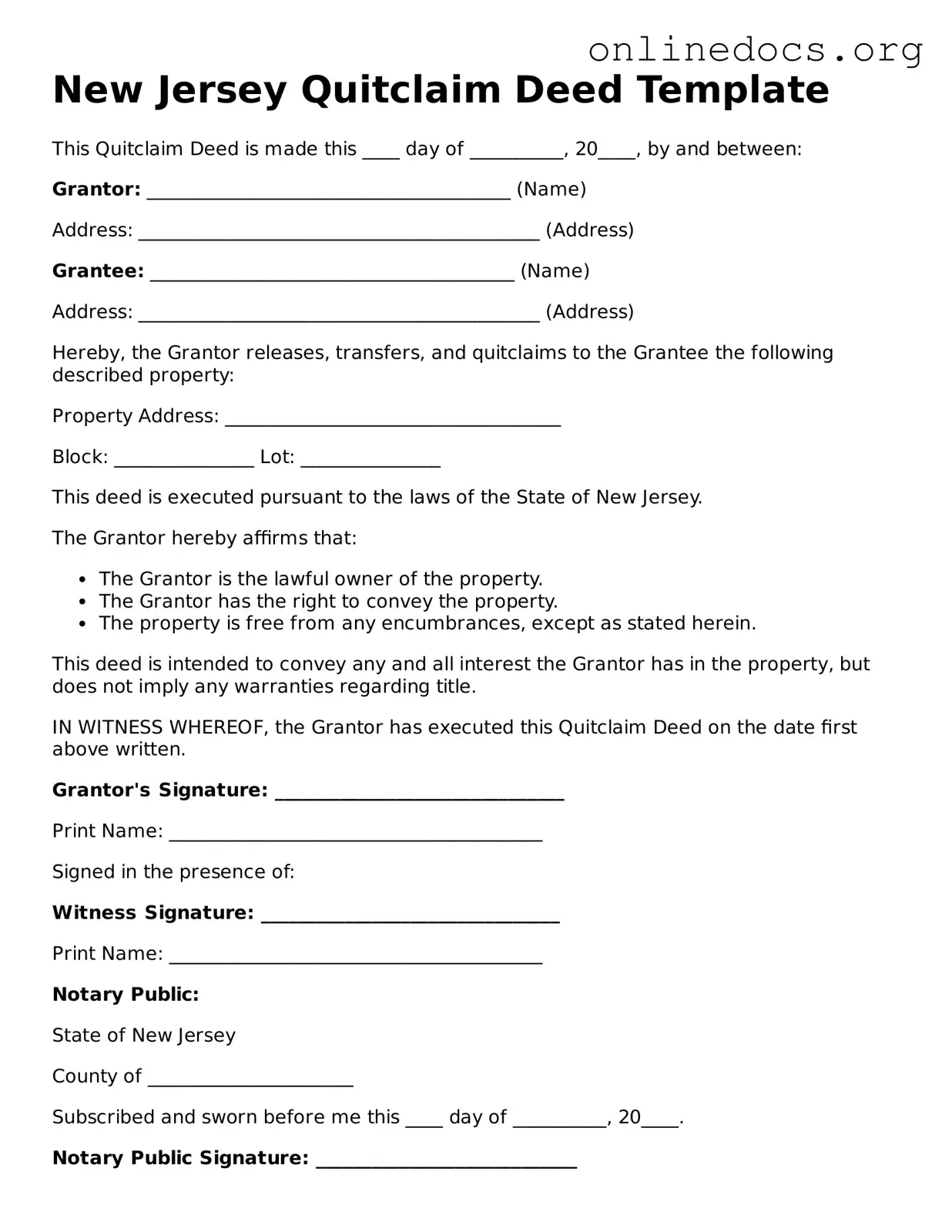A warranty deed is a legal document that transfers ownership of real estate from one party to another. Unlike a quitclaim deed, a warranty deed guarantees that the grantor holds clear title to the property and has the right to sell it. This means that if any issues arise regarding the title, the grantor is responsible for resolving them. In essence, a warranty deed provides a higher level of protection for the buyer compared to a quitclaim deed, which offers no such assurances.
A special warranty deed is similar to a warranty deed but with important distinctions. It guarantees that the grantor has not encumbered the property during their ownership. However, it does not cover any issues that may have existed before the grantor acquired the property. This type of deed is often used in commercial real estate transactions, where the seller may not want to assume responsibility for past claims against the title.
A bargain and sale deed is another document that conveys property ownership. It implies that the seller has the right to sell the property but does not provide any warranties against defects in the title. This type of deed can be seen as a middle ground between a quitclaim deed and a warranty deed. While it offers some assurance to the buyer, it does not fully protect them against potential title issues.
A deed of trust, while primarily used in financing transactions, shares similarities with a quitclaim deed in that it transfers interest in property. In a deed of trust, the borrower conveys legal title to a trustee, who holds it as security for a loan. If the borrower defaults, the trustee can sell the property to repay the debt. This document is crucial in real estate transactions involving loans, providing a mechanism for lenders to secure their interests.
A life estate deed allows an individual to transfer property to another person while retaining the right to use the property during their lifetime. This document is somewhat akin to a quitclaim deed because it can transfer ownership without warranties. However, it uniquely establishes a life interest, meaning the original owner can live in the property until they pass away, at which point full ownership passes to the designated beneficiary.
An easement deed grants a person the right to use a portion of another person’s property for a specific purpose, such as access or utility installation. While it does not transfer ownership like a quitclaim deed, it is similar in that it can be executed without extensive legal guarantees. Easements can be permanent or temporary, and they play a critical role in property law by allowing shared use of land.
A lease agreement, while fundamentally different in purpose, bears some resemblance to a quitclaim deed in that it involves the transfer of rights related to property. A lease allows a tenant to use a property for a specified time in exchange for rent. Unlike a quitclaim deed, which transfers ownership, a lease maintains the landlord's ownership while granting the tenant specific rights to the property.
Understanding the nuances of different property transfer documents is essential for navigating real estate transactions effectively. For anyone considering forming an LLC in California, it's beneficial to be aware of the https://californiapdfforms.com/operating-agreement-form, as an Operating Agreement is vital in clarifying responsibilities and protecting personal assets within the context of property ownership and management.
An affidavit of title is a sworn statement by the seller regarding the ownership and condition of the property being sold. This document is not a deed but serves a similar purpose in assuring the buyer of the seller's claims. While a quitclaim deed transfers ownership without warranties, an affidavit of title can provide some level of assurance about the title, especially when used in conjunction with other documents.
A title insurance policy is another document that, while not a deed, is closely related to the transfer of property. It protects the buyer against losses due to defects in the title that may not have been discovered during the closing process. Similar to a quitclaim deed, which transfers ownership without warranties, title insurance provides a safety net for buyers against potential future claims.
Finally, a mortgage deed is a document that secures a loan with real property. When a property owner takes out a mortgage, they sign a mortgage deed that gives the lender a claim to the property if the borrower defaults. This document is similar to a quitclaim deed in that it involves the transfer of rights, but it is specifically tied to a financial obligation rather than a straightforward transfer of ownership.
